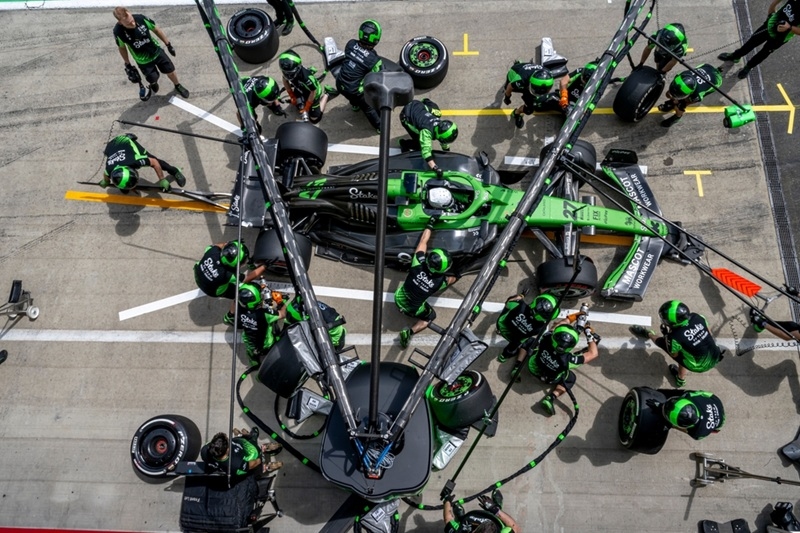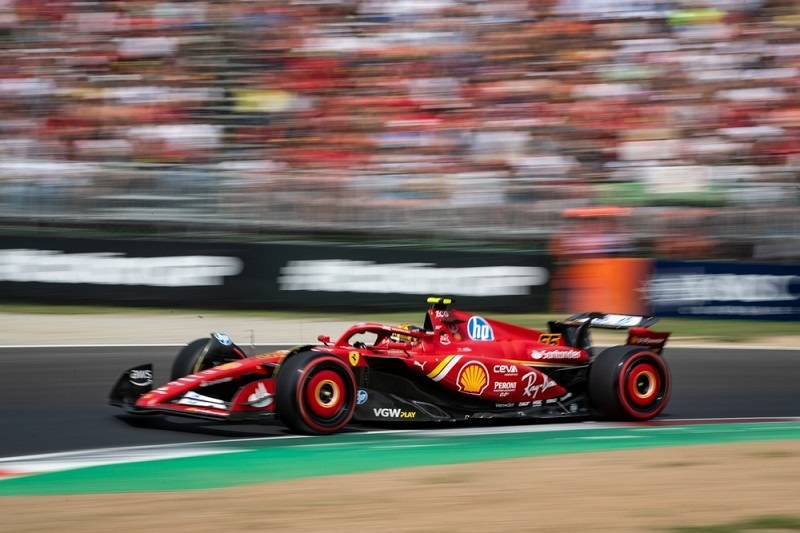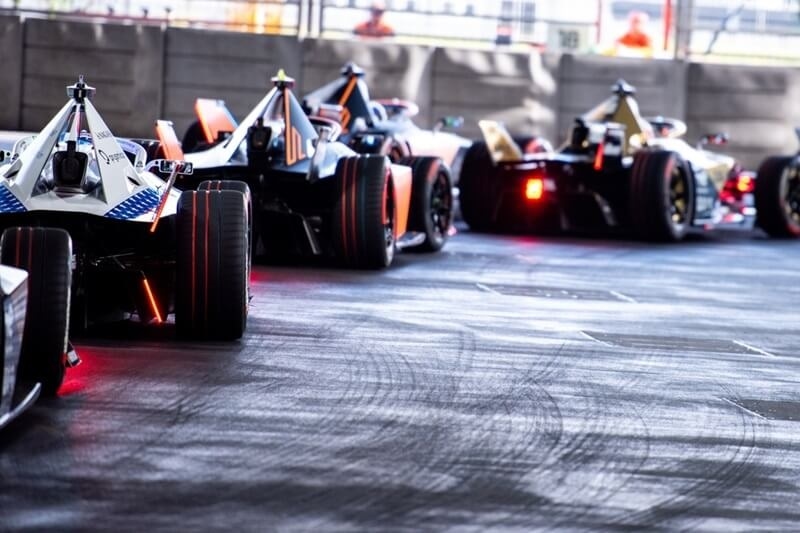Trailblazing F1 Female Drivers: Breaking Barriers in Racing

The dramatic sound of engines, the fumes of burning raw rubber, the stunning sensation, and the speed of the Formula 1 car are all part of a sphere that was traditionally occupied by men. However, in the progressive world where development is just around the corner, women of the world are coming out of the background as they also have the acumen, hard working ability, and whatnot!! Let’s go deeper into the lives of powerful and brave females who participated in F1 races, their victories and losses, and the legacy they left in the story of car races.
A Glimpse Into the World of Women in F1
It should be noted that Formula 1 racing has been in existence since the 1950s, but the appearance of women racers at the F1 weekend has been irregular at best. This was not because women were incapable of racing but because, like most industries, motorsport reflected the gender bias existing in the community at the time. The notion that F1 is a man’s sport meant that any attempts to break the glass ceiling were decades in the making. Such are the pioneers of automobiles and, of course, real women pioneers, like Maria Teresa de Filippis, who raced in the F1 Grand Prix in 1958. Her actions to content for the competition where men are seen to dominate was probably one of the most revolutionary actions ever. De Filippis once famously said, “I don’t have to prove anything. I belong here.” And she did.
The Pioneers Who Dared
Maria Teresa de Filippis was only the beginning of the major female F1 drivers' stories. Another name emerged in the 1970s—Lella Lombardi. This was one game that Lombardi didn’t only take part in, but she was able to fetch points. Lombardi got half a point in the Spanish GP in 1975 when she came sixth, making her the only woman to get points in F1. A half point is nothing much. However, where so much emphasis is placed on every second in F1 racing, it was a giant leap. Lombardi’s career revealed the outstanding, gifted person that she was and her fighter spirit. Her success paved the way for inspiration to women who aspire to enter the motorsports industry. She not only took part but helped to set the pace and influence how the story of a political campaign would be told.
Barriers That Persist
Despite the inspiring stories of de Filippis and Lombardi, the journey for women in F1 has been anything but smooth. It still took decades for another woman to make an attempt at entering an F1 race when even Lombardi was gone. Why? These are issues that are as much a matter of complicated as they are of aggravation. As may be expected, motorsport is a costly business affair. Fundraising for sponsorship, getting quality training, and obtaining the best cars are tasks any driver will embrace, but it seems to be a little more complicated for women. Women racers are rarely represented on sponsorships, and the absence perpetuates a cycle – no women in F1, minimal role models, and thus, young girls are most likely not going to go into F1.
You May Also Like: F1 Penalty Points Before the Qatar GP: 5 Biggest Delinquents
Modern-Day Game Changers
Today, motorsport is gradually entering a new stage of development. Events such as the W Series, the racing championship for women, are created for women’s purposes, to give them a chance for career promotion. The W Series is to establish a proper line for women to proceed with their careers in motorsports to the level of F1. Promising youths like Jamie Chadwick, who is a two-time W Series champion, give young talents a new face. Chadwick has expressed the desire to compete in F1, and given her performance and determination, she could well be the driver to end the near-three-decade wait for a female F1 racer. Then there is Susie Wolff, who in 2014 was the first woman to get into an F1 race weekend in the last 22 years. During her career as a test driver for the Williams team, Wolff proved that women could race in the top division. Even though she didn’t move up to a full-time racing role, it was a step in the right direction.

The Cultural Shift
F1’s world is not changing solely on the racing arena but also off the racing path as well. The FIA, the governing body of the sport, has been working on providing gender diversity. Projects like ‘Girls on Track’ are meant to make young ladies appreciate motorsport, not limited to being drivers but also engineers, mechanics, and managers, among others. Social media has also played a significant role in amplifying the voices of female drivers and fans. Platforms like Instagram and Twitter have become arenas where women can share their stories, connect with supporters, and challenge stereotypes.
Why Representation Matters
Representation isn’t just about breaking records or scoring points; it’s about changing perceptions. When young girls see women like Jamie Chadwick, Susie Wolff, or even behind-the-scenes pioneers like Claire Williams, they realize that F1 isn’t just a boys’ club. It’s a sport where talent and determination can pave the way for success, regardless of gender. Representation also forces the industry to address its biases. As more women enter motorsport, conversations about inclusivity, equity, and opportunity become unavoidable. And these aren’t just conversations—they’re catalysts for change.
The Road Ahead
The road to full inclusivity in F1 is long, but the progress made so far is undeniable. Women like Maria Teresa de Filippis and Lella Lombardi laid the groundwork, while modern drivers like Jamie Chadwick and initiatives like the W Series are building on it. The dream isn’t just to see a woman on the F1 grid; it’s to make her presence so normal that it no longer makes headlines. It’s about creating an environment where talent, not gender, is the deciding factor.
Women Beyond the Driver’s Seat
While the spotlight often falls on drivers, it’s essential to highlight the incredible women shaping Formula 1 behind the scenes. From engineers to team principals, women are proving their mettle in every corner of motorsport. Take Claire Williams, for instance, who served as the deputy team principal for Williams Racing. Her leadership steered the team through challenging times, cementing her legacy as one of F1's most influential figures. Innovators like Ruth Buscombe, a top-notch strategy engineer, show that women are not just contributing but excelling in the technical aspects of the sport. Their brilliance proves motorsport isn't just for adrenaline junkies; it’s also a playground for sharp minds. By breaking stereotypes and showcasing diverse talents, these women remind us that F1 is about teamwork as much as speed. As more doors open, the industry must continue supporting women in every role, from mechanics to media professionals. They bring fresh perspectives and much-needed diversity, which enriches the sport for everyone involved. Women in these roles are redefining what’s possible, proving that the race to equality doesn’t just belong on the track—it’s happening in the paddocks, pit lanes, and boardrooms, too.
Similar Reads You May Enjoy: The 5 Most Disappointing F1 Drivers of the 2024 Season
Conclusion: A Sport for Everyone
Formula 1 is a sport of innovation, speed, and passion. It’s about pushing boundaries and redefining limits—both on the track and off it. As the sport continues to evolve, so too does its audience. Fans are no longer satisfied with the status quo; they demand diversity, inclusivity, and representation. Women in F1 aren’t just breaking barriers; they’re smashing them to pieces. They’re proving that motorsport is a sport for everyone, and in doing so, they’re inspiring a new generation of racers, engineers, and fans. The journey of women in F1 is far from over, but one thing is clear: the future of motorsport is brighter, faster, and more inclusive than ever before. And for that, we can all buckle up and enjoy the ride.
This content was created by AI




